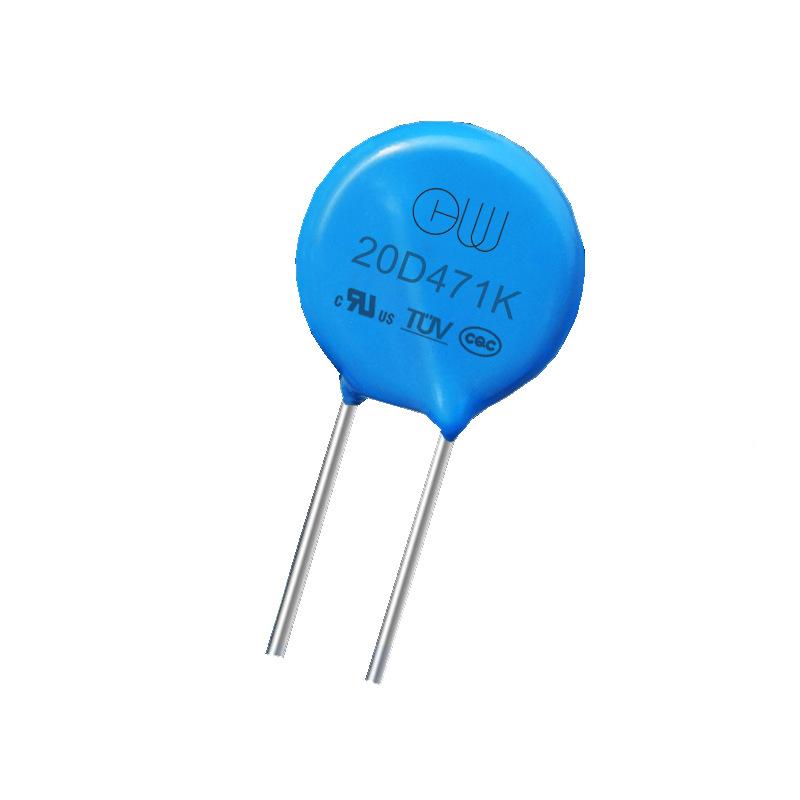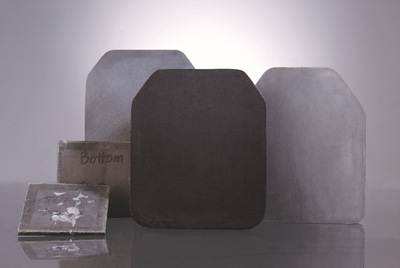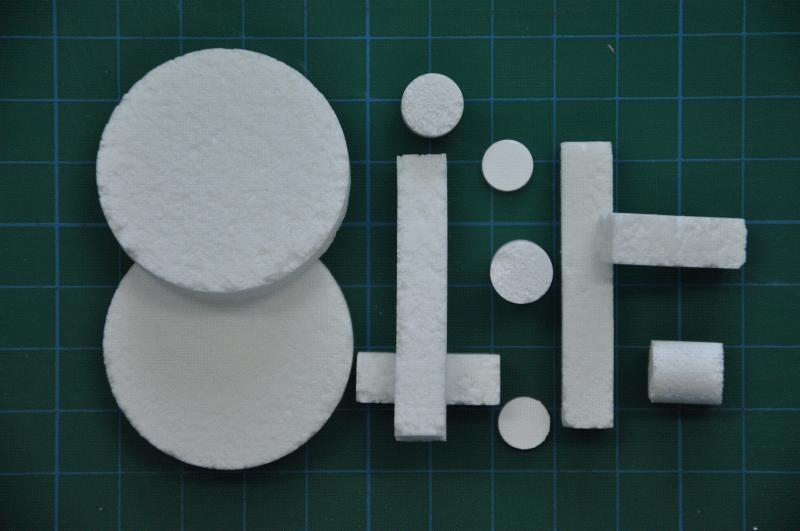1 Overview
Voltage - sensitive semiconductor ceramics are semiconductor ceramics whose resistance has a significant nonlinear relationship with the applied voltage. The time of use plus
the electrode is then encapsulated as a varistor, also known as a rheostat.
Ceramic varistors have been widely used since 1940 as electric lightning arrester. For example, wired telephone switchboard uses it to eliminate electric spark, silicon rectifier, color television uses it to absorb abnormal voltage, micro motor uses it to absorb noise and motor overvoltage protection and relay protection. In recent years, with electronic instruments and devices of light, thin, short, small, and the development of multi-functional, ceramic piezoresistor in large scale integrated circuit (LSI) and very large scale integrated circuit (SLSI) in computer, electronic equipment as the demand of protection components increases year by year, to the ceramic piezoresistor opened up a broad application prospect.
The semiconductor ceramic materials used to manufacture varistors include SiC, ZnO, BaTiO3, Fe2O3, SnO2, SrTiO3, etc. Among them, BaTiO3 and Fe2O3 use the non-ohmic characteristics of the interface between the electrode and the sintered body, while SiC, ZnO, and SrTiO3 use the non-ohmic characteristics of the grain boundary. At present, the most widely used and best performance is ZnO varistor semiconductor ceramics.
2. Zinc oxide pressure-sensitive ceramics
(1) Structure of zinc oxide
ZnO has a wurtzite crystal structure, in which oxygen ions are closely arranged in hexagons, and zinc ions occupy half of the tetrahedrons gap. According to the forbidden band width of ZnO energy band, it should belong to the insulator type, but due to the large structural gap, Zn can easily enter the gap and form a Frenkel defect.
2) Manufacturing process of zinc oxide varistor
The manufacturing process of ZnO pressure-sensitive ceramic resistor is basically the same as the traditional ceramic process, and the process flow is as follows: batching → mixing grinding → granulating → molding → firing → spraying electrode → detection → assembly → marking → storage mixing mill can be used in general ball mill and vibration mill. After granulation, dry pressing is formed and fired in air atmosphere. The firing temperature depends on different formulations, and good nonlinear products can be obtained at about 1150~1350℃. There is only one optimal firing temperature for a particular recipe.

Zinc oxide piezoresistive ceramic resistor
(3) Application of zinc oxide varistor
Zinc oxide varistors are widely used and permeate almost all walks of life. It can be summed up in the following two aspects:
①Overvoltage protection
Various large-scale rectifier equipment, large-scale electromagnets, large-scale motors, communication circuits, and civilian equipment will cause high overvoltage when they are switched on and off, and they need to be protected to extend their service life. Therefore, inserting a varistor in the circuit can suppress overvoltage.
In addition, varistors can also be used for transistor protection, protection of semiconductor devices in transformer secondary circuits, and protection of atmospheric overvoltages.
② Stable voltage
Because zinc oxide varistor has excellent nonlinearity and short response time, and has a small temperature coefficient and high stability of the varistor voltage, it can be used in voltage stabilization.
Varistors can be used for color TV receivers, satellite ground station color monitors and digital displays at the end of electronic computers.The anode voltage of the picture tube is stabilized in the device to improve image quality.
Declaration: This article is provided by CERADIR™ users or obtained from Internet, the content does not represent the position of CERADIR™. We are not responsible for the authenticity/accuracy of the article, especially the effects of the products concerned. This article is for study only, it does not constitute any investment or application advice. For reprinting, please contact the original author. If it involves the copyright and/or other issues, please contact us and we will deal with it asap! CERADIR™ has the interpretation of this declaration.







